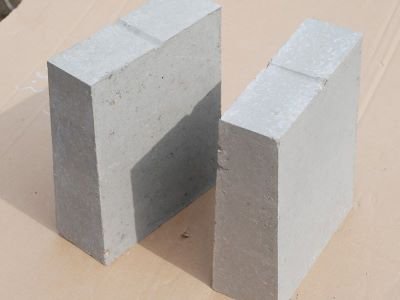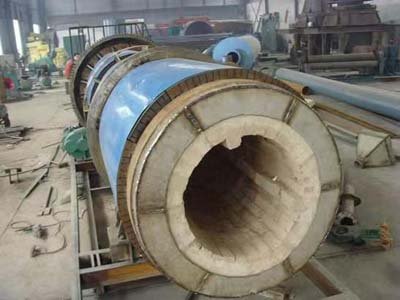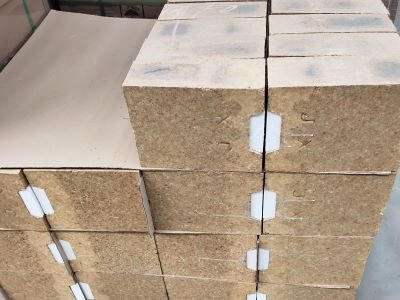As an important refractory material, phosphate bricks directly affect the service life and operating efficiency of the kiln.
Basic properties of phosphate bricks
Phosphate bricks are refractory materials made with phosphate as a binder, offering excellent high-temperature performance and chemical stability.
Firstly, this brick has a high thermal shock stability.

This allows them to withstand the temperature fluctuations experienced during rotary kiln operation without cracking.
Second, they offer excellent chemical resistance, resisting corrosion from alkaline and acidic substances within the kiln.
Moreover, this brick has high mechanical strength and can withstand the wear and impact of materials in the kiln.
In other words, these properties make them an ideal choice for rotary kiln linings. Especially in areas with high temperature and severe chemical corrosion.
Specific application location in rotary kiln
The application location of phosphate bricks needs to be carefully selected based on the specific operating conditions of the kiln.

Normally, this brick is mainly used in the high temperature zone and transition zone of the kiln.These areas experience high temperatures and complex chemical environments.
First, in the kiln’s high-temperature zone.Here, this brick can withstand temperatures exceeding 1300°C, maintaining structural stability.
Second, in the kiln’s transition zone.Here, phosphate bricks resist corrosion from alkali salts in the material, extending the service life of the lining.
Phosphate bricks are also used in areas such as the kiln discharge port and kiln mouth.These areas also provide excellent wear resistance and thermal shock resistance.
In short, the application location of this brick is crucial to improving the overall performance of the rotary kiln.
Precautions and maintenance points in application
During the application of phosphate bricks, several key points require attention to extend their service life.
First, during installation.Ensure that the brick joints are evenly spaced and fully filled to avoid thermal stress concentration caused by improper installation.
Second, during use.The temperature rise and fall rates in the kiln should be controlled to prevent sudden temperature changes that could cause cracking in the material.
Furthermore, regular inspections are required.This allows for monitoring wear and tear, prompt replacement of damaged parts, and prevention of further problems.

Finally, kiln maintenance should be performed. Avoid sudden cooling or heating, and follow the specified cooling curve.
Of course, it is also important to choose an experienced refractory supplier. A high-quality supplier can provide high-quality phosphate brick products that meet specific working conditions.
